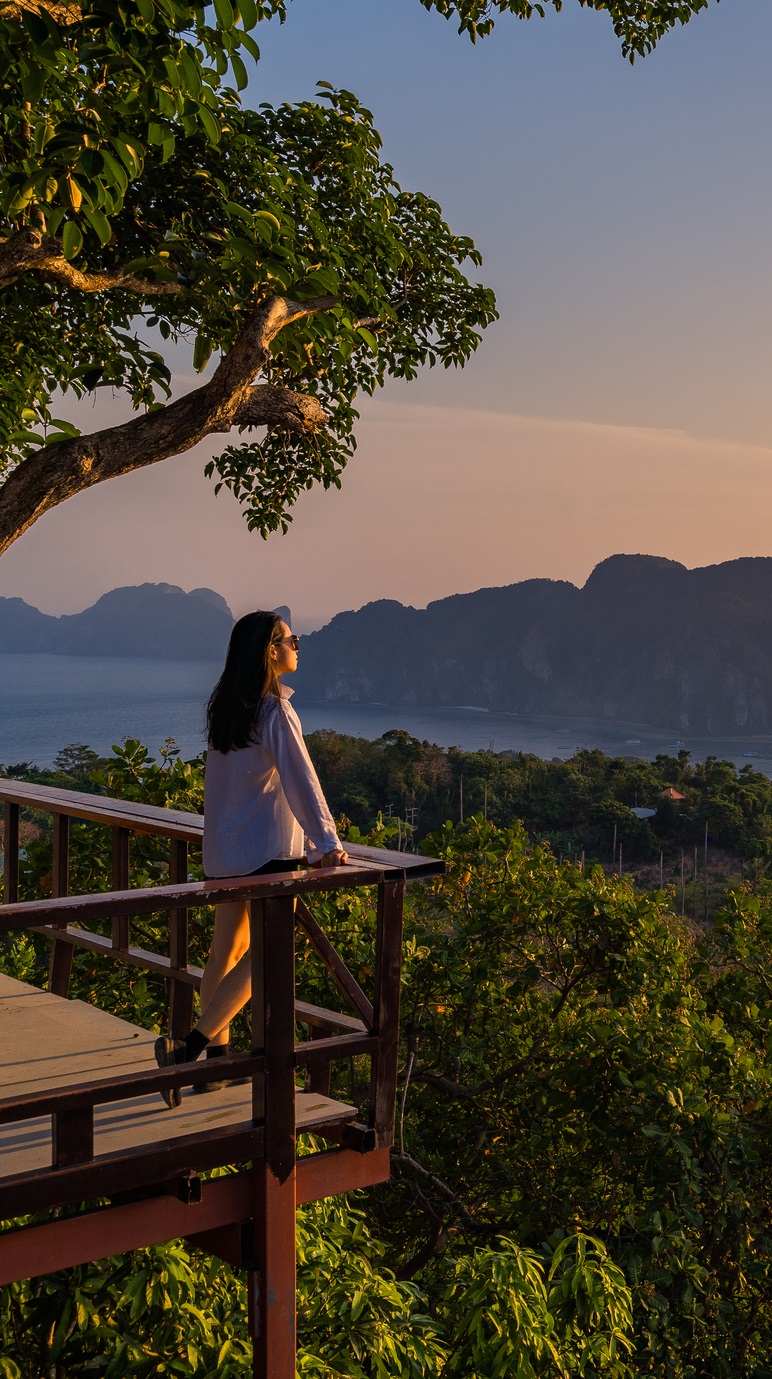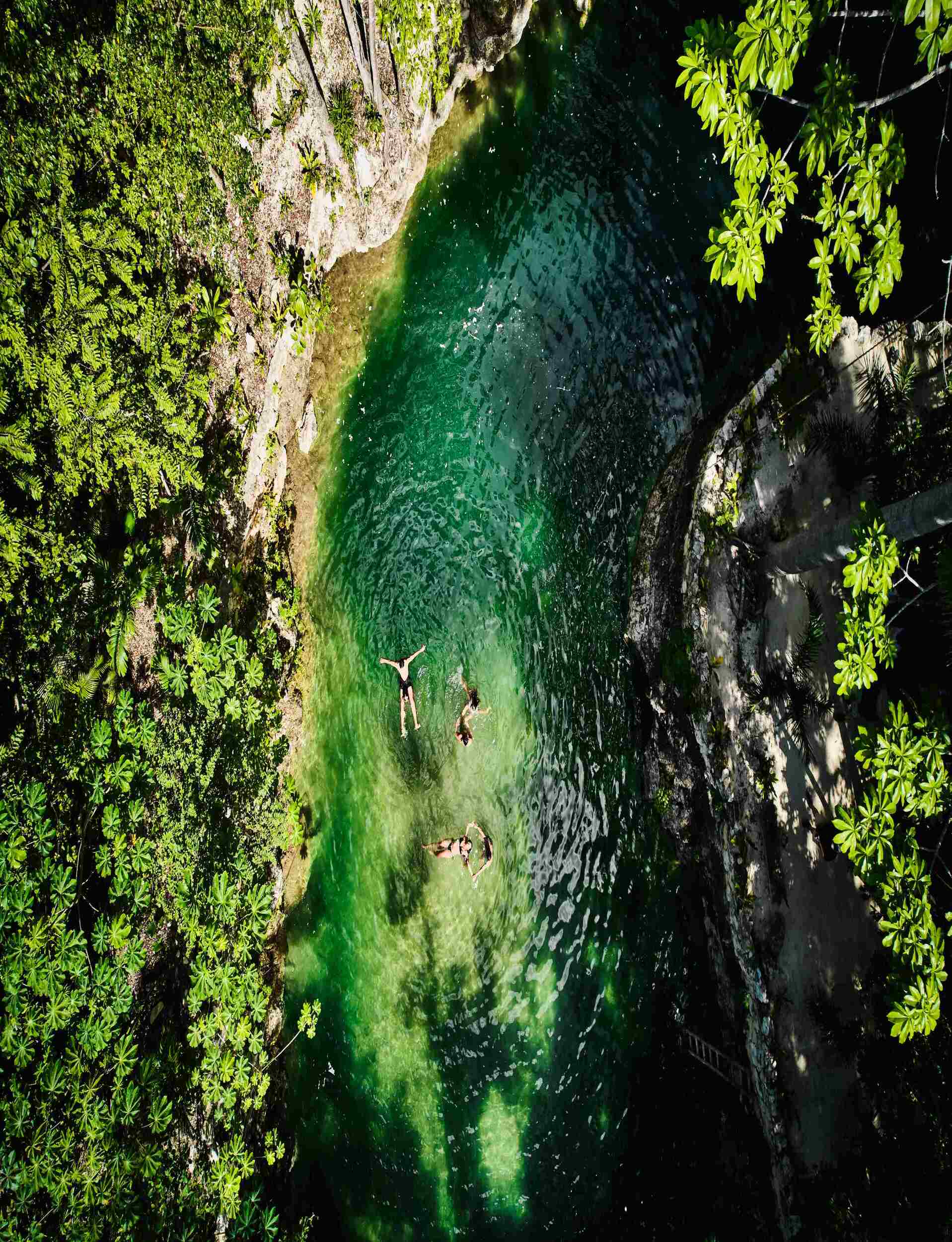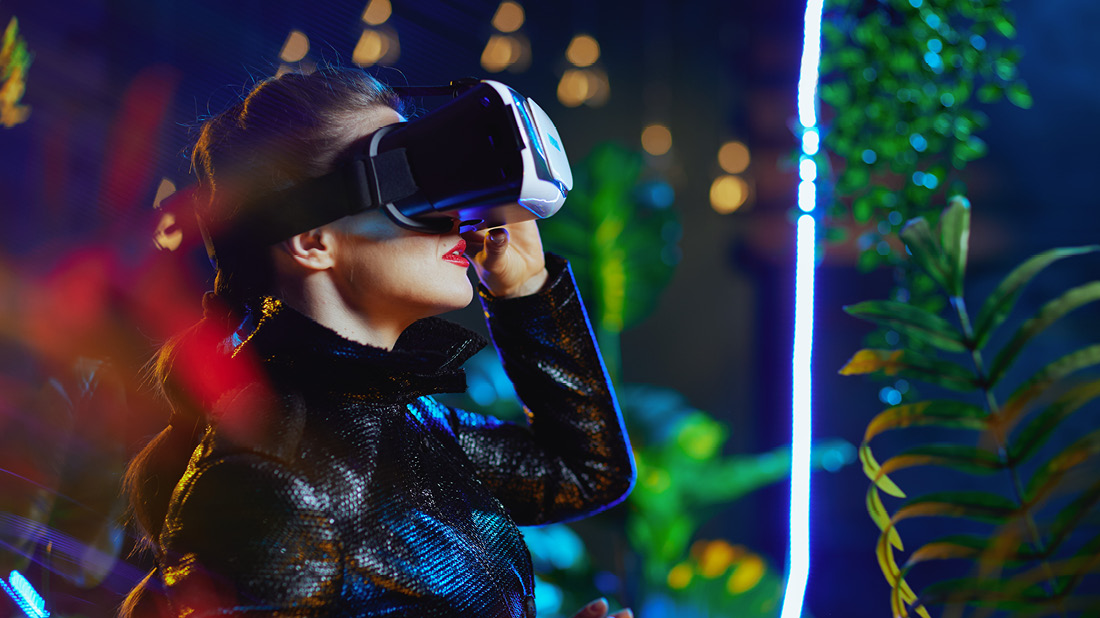
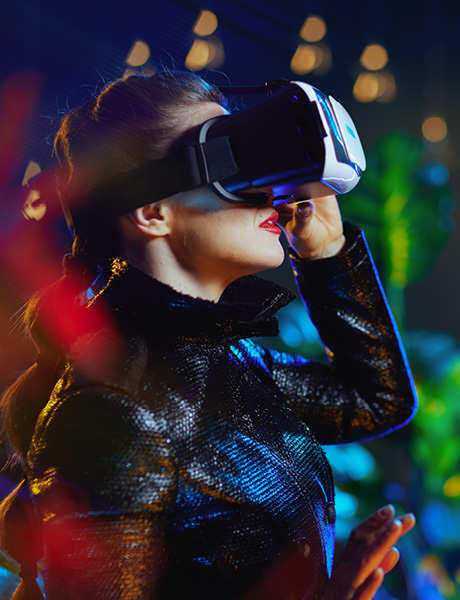

Luxury is here to stay. But that doesn’t mean things are about to get boring. Glion’s Academic Dean and Head of Luxury Brand Strategy BBA specialization, Dr Barbara Czyzewska, says these five key trends will make life very interesting for luxury marketers…
It is easy to see why so many of our students at Glion set their sights on careers in the global luxury business. Leaving aside the glitz and glamor, it’s also an industry that’s exceptionally resilient.
Why is this? Why does there always seem to be space for luxury amid economic recessions, political turmoil, and even – as we’ve seen in the past couple of years – a pandemic?
The pragmatic reason is that the typical luxury customer tends to have sufficient disposable income to weather any storm. Many are also ‘citizens of the world’ who are thus unencumbered by the struggles of any particular country or region. And high net worth/ultra-high net worth individuals spread their assets and income sources across multiple markets and sectors, keeping them safer in times of crisis.
But there is a more fundamental – and primordial – reason, too. Luxury speaks to the innate human desire for status, as well as to our hedonistic need to feel good.
This has been the case through the ages. At Glion, I challenge students to think back to when we might first recognize luxury as a social factor. They often stop at ancient Egypt; but in reality you could go back to prehistoric times, when the greatest warriors would have been adorned with precious clothing and jewelry, while also enjoying the biggest caves!
This may sound flippant, but these human desires sit at the core of the luxury brand and the marketing which embellishes it. Remember, with a few exceptions (such as watchmaking) luxury brands do not base their marketing on functionality. As luxury consumers we are buying into a dream – a personal dream that this product or service can make come true.
That’s why so much luxury marketing relates to our personal values and, in particular, to meeting our hedonistic needs. If I’m carrying a luxury handbag it’s a constant reminder to myself that I have worked hard and achieved something in life. That makes me feel good, with the added bonus that my friends and colleagues can see that I am successful.

“At Glion, I challenge students to think back to when we might first recognize luxury as a social factor. They often stop at ancient Egypt; but in reality you could go back to prehistoric times, when the greatest warriors would have been adorned with precious clothing and jewelry, while also enjoying the biggest caves!”
Dr Barbara Czyzewska
Evidence for the luxury ‘dream’ can be found within the advertising environment. For example, luxury car advertisements rarely show people actually driving the cars, in stark contrast to the mass-market brands. This is totally deliberate, with the idea being that it leaves more scope for you and I to picture ourselves behind the wheel, thus feeding the dream.
Another common tactic is to focus on the luxury lifestyle surrounding the product, rather than the actual product itself. The adverts speak to who we can aspire to be if we use this product, distinguishing them from the more ‘everyman’ approach of the mass market brands.
To summarize, we are prepared to spend considerable amounts of money on luxury products not because of how useful they are, but because of the very special aura they create and the lifestyle they promise to deliver.
Millennials and Gen Z drive luxury growth at accelerating rates
While the human factors that drive luxury are perennial, the market itself is taking on a younger characteristic, with the ever-growing importance of the millennial and Gen Z consumers. According to consultants Bain & Co, these younger generations of affluent consumers are set to account for 70% of the luxury market by 2025, while contributing 130% of luxury market growth.
These are numbers which no luxury marketer can ignore, and they inform much of what I’ll cover in the rest of this article.
What are the top luxury marketing trends?
If that sets the scene for luxury marketing, what do I see as the most significant trends right now?
For my first key trend, I cannot look past the so-called ‘metaverse’ and the ability it offers to lead a dual luxury life – ‘real’ and ‘virtual’. While not exclusively the preserve of the younger generations, this idea of status in the metaverse is definitely a youth-inspired trend and, judging from the students I speak with, it is something treated very seriously. Those hooked into this digital experience don’t tend to see their metaverse luxury accessory as an add-on – it is just as important to them as the real-world item.
Luxury brands also feed this trend by giving products the characteristics of an NFT, making use of blockchain technology to create a unique digital identity for each product.
Linked to this, I also see augmented reality taking an increasingly important role in luxury digital marketing and the journey to purchase. We witnessed this becoming a major factor during Covid, when retail stores were closed and transactions moved online. The ability to ‘try on’ products like watches, clothing and eyewear in an augmented reality environment undoubtedly helped to keep sales healthy, and this element of the customer journey will surely be further enhanced as digital technology improves.
The approachable luxury brand
The third significant trend driven by digital disruption is the way that luxury brands now interact with their consumers far more directly than has ever been the case before. Younger consumers, especially, have grown up in the social media era, where two-way interaction with their preferred brands is regarded as part of the customer experience.
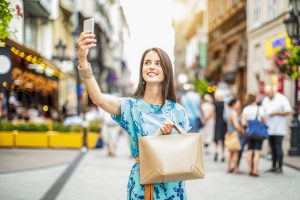
Aside from transforming our interaction with brands, social media is also responsible for the seemingly unstoppable rise of influencer marketing. I must confess that I’m constantly surprised by the level of trust my young students place in social media influencers. Even though they are well aware that influence is often bought and paid for, the accumulation of millions of followers on a platform like Instagram seems to trump this and confer an almost mystical power on the influencer.
Will the influencer bubble burst? Who knows. For now, though, it would be a brave luxury marketer indeed who ignores this channel.
At a more basic level, social media has turned us all into unpaid influencers to a lesser or greater degree. Any new purchase made – or exotic destination visited – that our friends share on social media becomes free marketing, with the added credibility that it has emanated from someone we know and trust.
Profitable partnerships
Trend number four involves innovative brand partnerships which serve to expand the audience of each brand within new territories. Perhaps the perfect example was the 2017 collaboration between Louis Vuitton and Supreme – unlikely bedfellows on the surface, but who created a major buzz (not to mention some very in-demand products) when they came together.
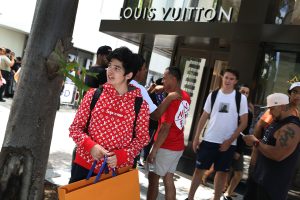
Since then, partnerships have proliferated. And they work! Witness the 2020 collaboration between Nike and Dior to create the Air Jordan 1 High OG Dior. In total, 3,000 pairs of the sneakers were made in Italy, with prices set at $2,000 for the low-top version and $2,200 for the high-top version. When Dior created a microsite for potential customers, some five million people registered in the first days of launch.
Luxury embraces sustainability
My fifth and final trend is both an opportunity and a challenge; and it is around sustainability. It may be less directly connected with purchase choice, but it is nonetheless extremely important, and likely to become even more so in the years ahead.
In many ways luxury – with its limited runs of hand made products, using authentic materials – is a natural beneficiary of this trend. We also see luxury brands increasingly adopting non-natural materials in place of leather and fur. Kering, for example, has publicly renounced the use of real fur in any future products, while Gucci has introduced ‘vegan leather’ sneakers made from 77% plant-based materials such as wood pulp and viscose.
It is also true that for many people being sustainable means consuming less. While this does not in itself encourage sales, luxury brands can argue that their premium quality products are worth the investment as they will last forever. Patek Philippe is one of best examples of how luxury brands highlight this value of longevity.
The topic of sustainability carries significant risks too. Not least from today’s climate of hyper-sensitivity around mistakes and miscommunications, which can quickly blow up into a damaging furor.
For me, luxury brands are especially threatened by this phenomenon given the close, highly personal relationships their customers tend to have with them. Social media – with its ability to make issues go viral in an instant – is a compounding factor in this particular equation.
I don’t wish to appear overly negative when it comes to corporate social responsibility. It’s a significant business opportunity, too, because if a brand is doing everything right, acting responsibly and with honesty and transparency, then loyal consumers will have no issues paying a premium to be part of that story.
What links these five trends is an overwhelming sensation that we have barely started on each of their journeys. How things look today will almost certainly bear little resemblance to how they will eventually look. I think that’s especially true in areas such as the metaverse. And that’s why I can be supremely confident that – even though luxury will always be with us – for a marketer it remains a dynamic, fascinating and supremely challenging environment.
Photo credits:
VR headset – CentralITAlliance/Getty
Louis Vuitton Supreme collaboration – Joe Raedle/Getty
Social media influencer – Eva-Katalin/Getty
Earn your passport to luxury
With our 5-year Passport to Luxury Leadership offer, you’ll study a Bachelor’s with luxury specialization, followed by our Master’s in Luxury Management & Guest Experience.












